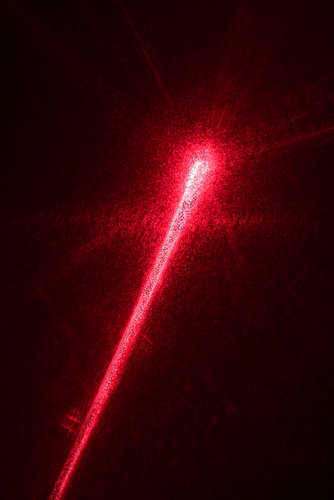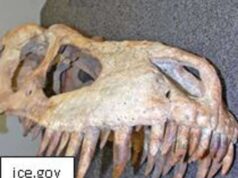
Voyager Spacecraft At Edge of Solar System
Launched by NASA in 1977, the Voyager spacecraft is one of the most significant and enduring missions in the history of space exploration. After more than 40 years, the Voyager spacecraft is still operational and has traversed billions of miles of space to reach the edge of our Solar System. In this article, we explore the Voyager mission, its current location, and what it has discovered about our Solar System along the way.
The Voyager Mission
The Voyager mission began in 1977 when NASA launched two spacecraft, Voyager 1 and Voyager 2, to explore the outer reaches of our Solar System. Each spacecraft was designed to conduct scientific observations and send data back to Earth through a network of Deep Space Network antennas. The Voyager mission was initially planned to last only a few years, but both spacecraft have continued to operate for over 40 years, providing valuable data about our Solar System’s structure and characteristics.
Current Location of the Voyager Spacecraft
As of 2021, both Voyager spacecraft have left the heliosphere, the region of the Solar System influenced by the Sun’s magnetic field and solar wind, and entered interstellar space. Voyager 1, launched first, crossed the boundary in 2012, while Voyager 2 crossed in 2018. The Voyager spacecraft is currently over 14 billion miles from Earth and is still able to communicate with the Deep Space Network to send data about its environment back to Earth.
Discoveries of the Voyager Mission
One of the most significant discoveries of the Voyager mission was the detection of the heliosphere’s termination shock, the area where the solar wind slows down and compresses as it interacts with interstellar space. Both Voyager spacecraft have also identified dozens of moons and explored various planets and planetary systems. Voyager 2 performed flybys of Jupiter, Saturn, Uranus, and Neptune, providing data and information about their atmospheres, moons, and rings.
Moreover, the Voyager spacecraft’s imaging instruments captured some of the most iconic images of our Solar System, including the “Pale Blue Dot” image of Earth from Voyager 1, providing a humbling perspective on our place in the universe.
Conclusion
The Voyager spacecraft represents one of the most significant achievements in space exploration and scientific discovery. After more than 40 years, both Voyager spacecraft remain functional and continue to send data about our Solar System back to Earth. The Voyager mission has provided valuable insights and data on the outer reaches of our Solar System and has helped deepen our understanding of the cosmos. Voyager’s legacy will continue to inspire scientific inquiry and exploration, demonstrating the human capacity for innovation, daring, and awe-inspiring accomplishments.
While astronomers still do not know exactly when the Voyager 1 spacecraft will enter interstellar space completely, they say that current data suggests it is now in the outermost layer of our solar system and could leave it at any time.
Scientists working on the Voyager project, launched in 1977 to explore the worlds in our solar system before leaving it to do the first research in interstellar space, say that the craft is nearing a momentous point in its journey. Since the launch of Voyager 1 and 2, scientists have debated where the heliopause—the border between the solar system and interstellar space beyond it—is located and how to determine what the true edge of the solar system is.
In 2004, scientists saw the first signs that Voyager 1 was leaving the realm of the solar system, after encountering a layer called the “termination shock” where solar winds become turbulent instead of flowing in a directed stream of particles. Since then, several layers have come and gone, and at each one, the Voyager probe can detect less and less of the sun’s influence.
Currently, scientists say their data has shown two major signs that Voyager is beyond the solar system. First, charged particles from the sun have begun to disappear. Scientists believe the particles are being brought back into the solar system and are not able to go as far out as Voyager has now traveled. Second, particles from other solar systems and interstellar space have now begun to bombard the probe at a significantly higher rate, indicating that our solar system is no longer shielding Voyager from the cosmic rays and other types of radiation being emitted by other stars.
However, in spite of these signs that Voyager is now outside of the sun’s influence when it comes to particles and radiation, one thing hasn’t changed: the magnetic fields experienced by the probe. Currently, Voyager’s instruments indicate that the magnetic fields it is detecting still come from the sun, rather than from interstellar space.
Scientists expect that there will be a distinct border where the magnetic fields shift, delineating the final border between our solar system and interstellar space. However, because no previous probes have been so far from Earth, no one knows exactly when Voyager will encounter this milestone. Scientists estimate that it could be only weeks or months away, but could be as far away as several years if the heliopause is even further from the sun than had previously been predicted.
Source: NASA.gov





















